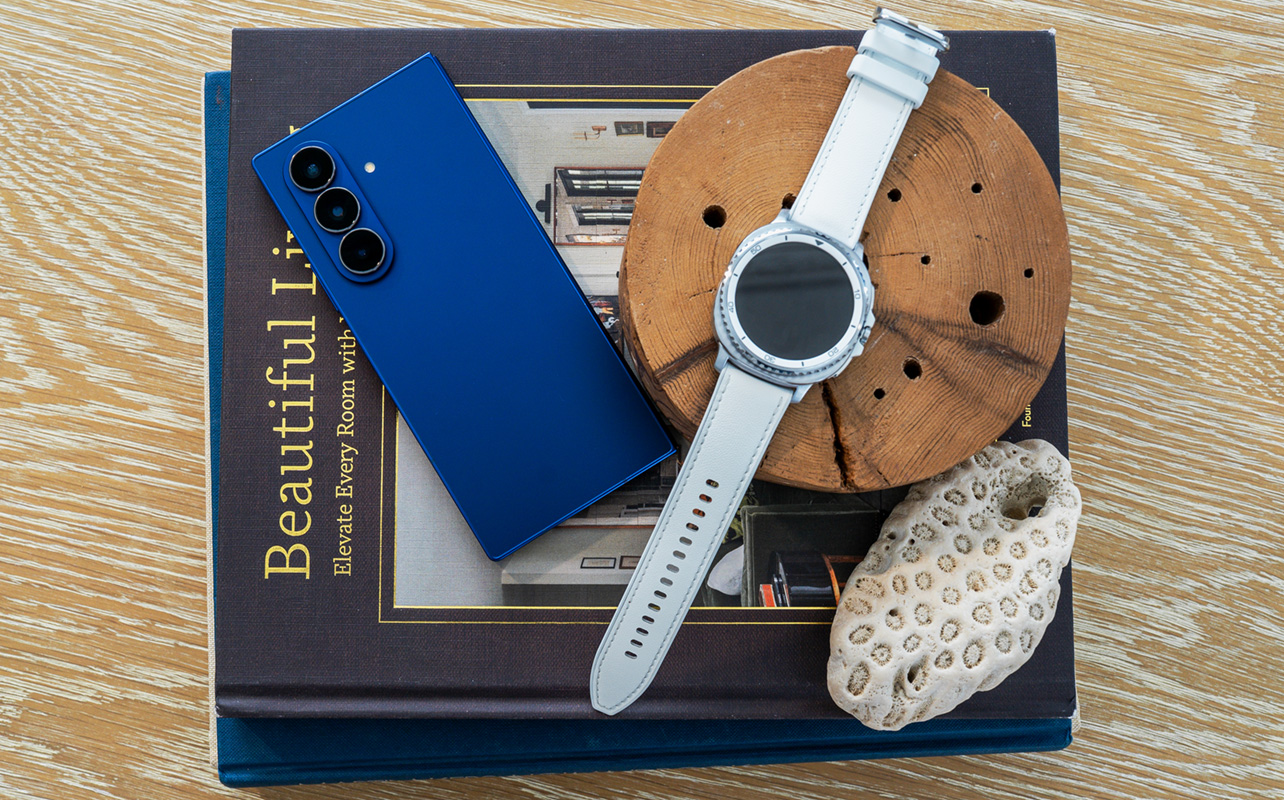
Samsung unveiled its latest Galaxy Z foldable phones and Galaxy Watch models at its Unpacked event in New York. There are four new products in total: the Galaxy Z Fold7 and Galaxy Z Flip7, along with the Galaxy Watch8 and Galaxy Watch8 Classic.
They’re all mostly iterative improvements, though the Watch8 Classic brings back a familiar trait that we haven’t seen since 2023. On the phone side, some key physical changes make for functional adjustments Samsung believes will be useful. I got to see the devices in person prior to the event to get a sense of them myself. While there were no real demos for new software features, we know what’s coming.
What to expect from the latest Samsung foldables
Galaxy Z Fold7
The Fold7’s most obvious upgrade is its flatter frame. It measures just 8.9mm thin compared to the Fold6’s 12.1mm, and only 4.2mm when open—a noticeable drop from the previous 5.6mm. It’s also lighter at 216g, compared to the Fold6’s 239g. The rear camera bump stands out in spite of it all, adding some additional girth when viewing it face down.
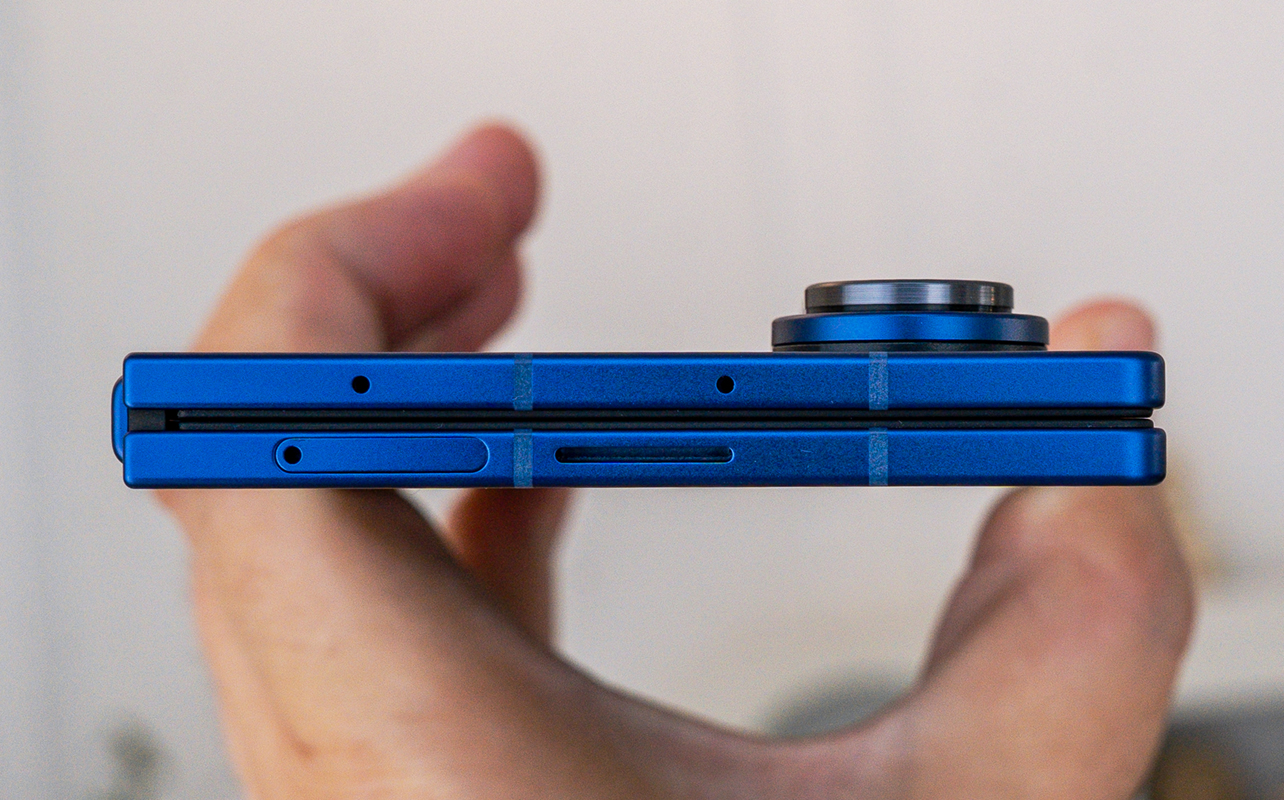
The build materials otherwise largely stay the same. Samsung wisely sticks with the previous model’s matte finish and hinge design, including the same IP48 dust and water resistance.
The main 6.5-inch Dynamic AMOLED 2x Cover Screen (2520 x 1080) is bigger than previous models, including a 21:9 aspect ratio aimed to look and feel more like a regular phone. It also gets tougher protection with Gorilla Glass Ceramic 2. Fold it out and you get a larger 8-inch Dynamic AMOLED 2X display (2184 x 1968) that should make dual-screen and multitasking a little easier to manage given the wider proportions.
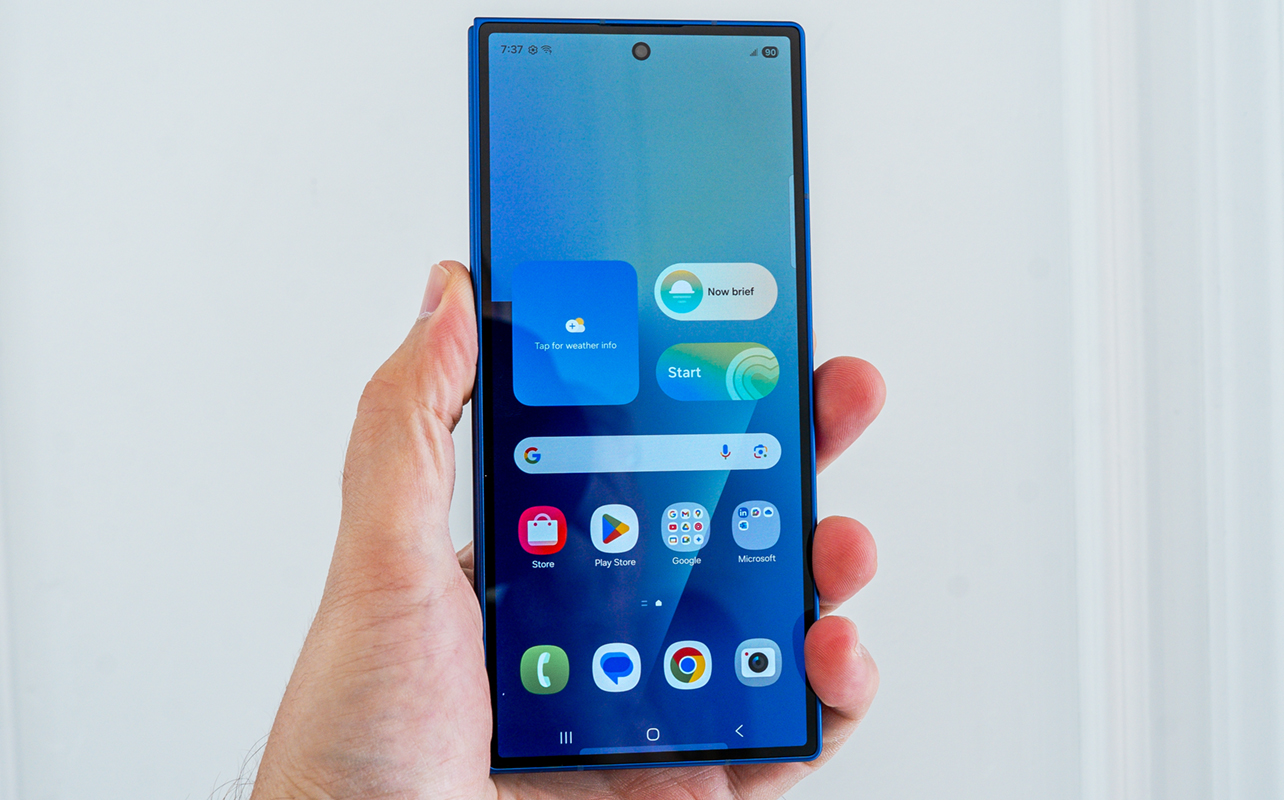
It runs on the Qualcomm Snapdragon 8 Elite processor with 12GB of RAM and either 256GB or 512GB of storage. Throw in the same 200-megapixel main camera and the Fold7 borrows several specs from the Galaxy S25 series. The other 10-megapixel telephoto and 12-megapixel ultra-wide cameras are recycled from previous Fold models, retaining plenty of familiarity. For the first time, however, there will be cases with magnetic mounts, which could make things interesting when using accessories. As for the S Pen, this will be the first Fold model that doesn’t support the stylus at all.
The Galaxy Z Fold7 will be available on July 25. It will come in silver shadow, silver blue and jetblack, and you can pre-order yours now.
Galaxy Z Flip7
It was harder to see more of the Galaxy Z Flip7 because the pre-production unit at the event wasn’t fully ready but certain things are clear. The Cover Screen grows again—now 4.1 inches (948 x 1048), up from 3.4 inches—using all the available front space.
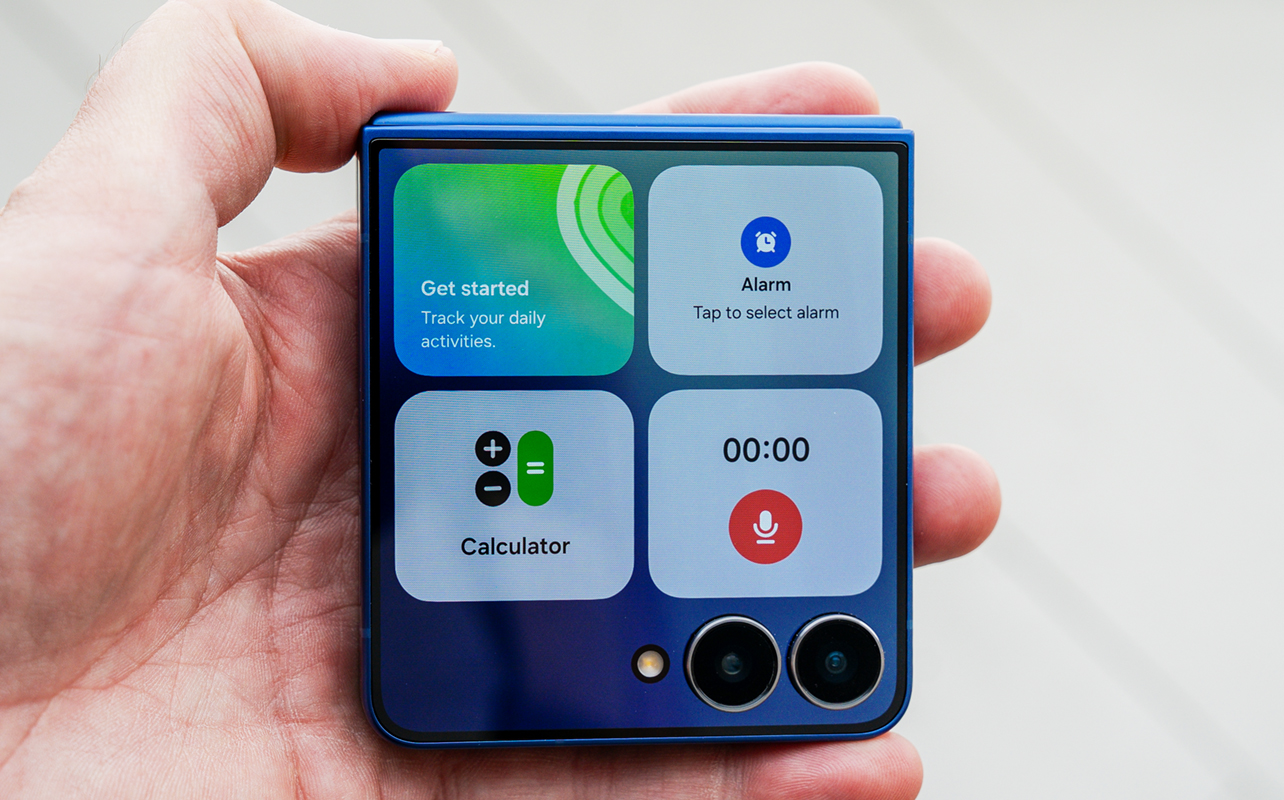
It’s also slightly thinner, wider, and taller to accommodate a larger 6.9-inch AMOLED display (2520 x 1080) when opened. This is the first time Samsung increased the Flip’s main screen size since it first introduced the Flip in 2020. The new shape aims to make it feel more like a traditional smartphone.
Camera specs, however, remain nearly identical to the Flip6. The main 50-megapixel sensor is the same, as are the 12-megapixel ultra-wide and 10-megapixel front-facing cameras. You can shoot full-resolution images with the main camera, but there’s still no dedicated telephoto lens.
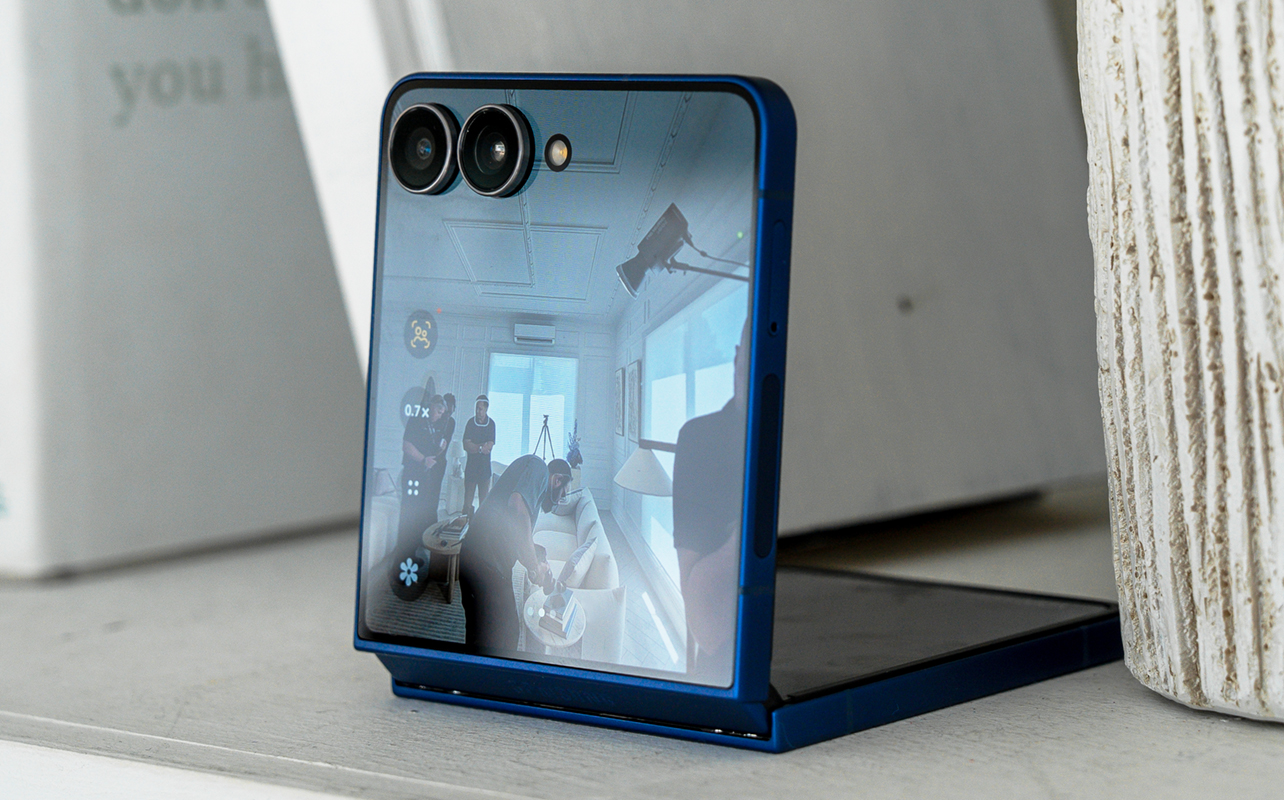
It runs on a different Samsung Exynos 2500 processor and comes with 12GB of RAM and 256GB or 512GB storage. The Flip7 has a bigger battery this time, going to 4300mAh (from 4000mAh) to keep pace with the larger screen.
The Galaxy Z Flip7 will be available on July 25. It will come in silver blue, jetblack and coralred, and you can pre-order yours now.
AI continues to be the focus
AI features remain a key focus, where Samsung will continue to integrate Galaxy AI and Google Gemini across both devices. The Pro Visual Engine promises improved photos and video, similar to the S25 lineup.
Gemini’s presence will enhance tasks like real-time landmark recognition and screen sharing, while creative tools like image generation and editing will be part of the mix. However, Samsung hasn’t revealed whether generative AI to create videos out of photos is coming at some point.
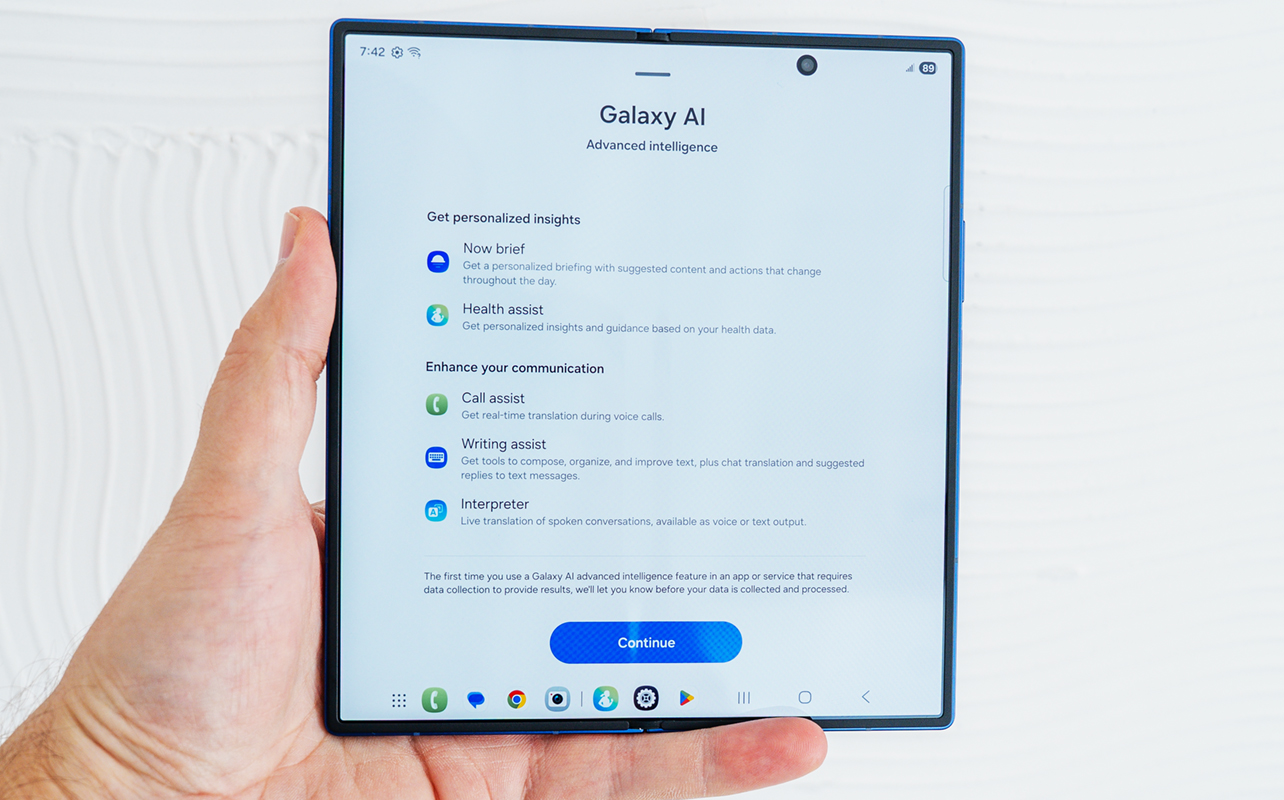
There’s also a new option to create your own photo filters in the camera app before taking a photo. Seamless Actions, Samsung’s AI-driven task automation, won’t dig deep into the camera suite yet—but Gemini Live critiquing photo composition would be an intriguing future feature. All of that sits on top of the existing translation and messaging AI features.
None of the new AI features were available during the hands-on session, so their actual value for foldables — whether open or closed — is still to be determined. Of the two phones, the Fold7 will be the only one that supports DeX, Samsung’s desktop operating system when plugged into a computer or monitor.
Galaxy Watch8 and Watch8 Classic
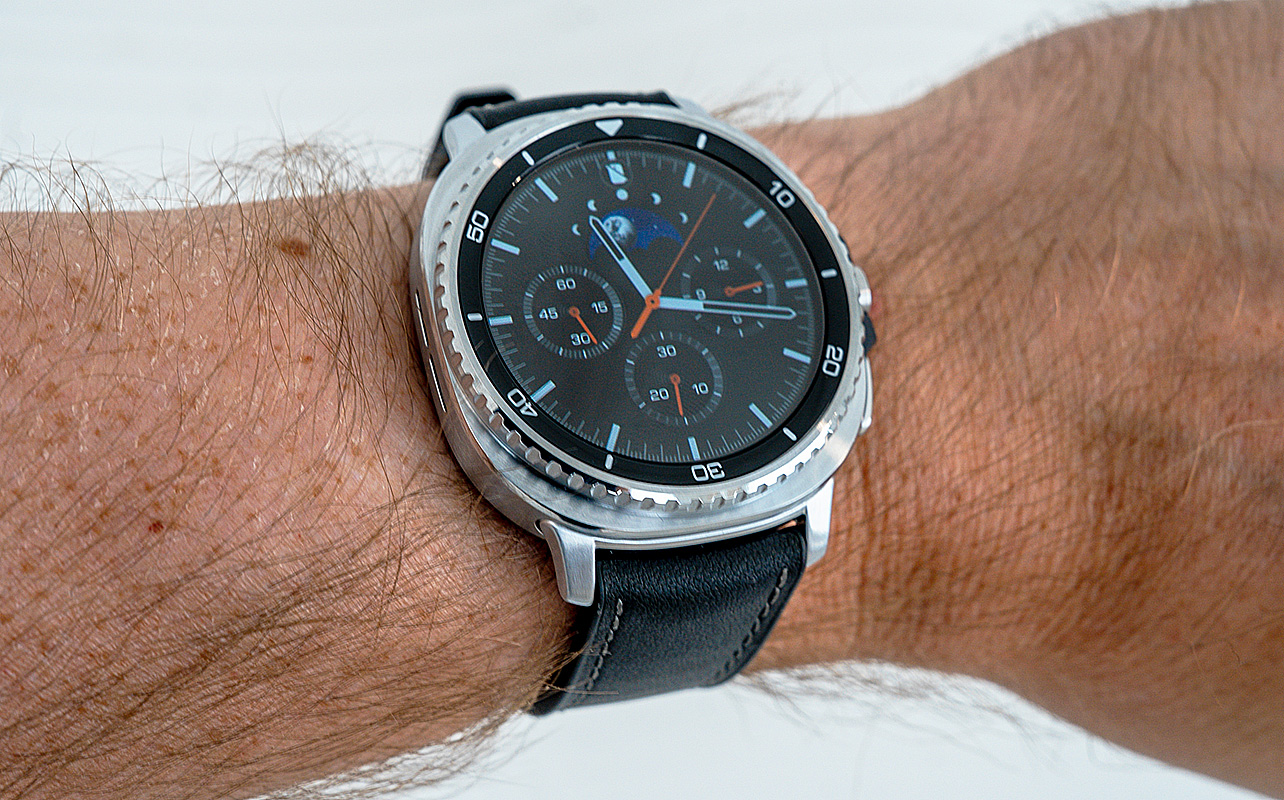
Of the two new Galaxy Watch8 models, the Classic brings back the physical rotating bezel that’s been a signature design feature of Samsung’s smartwatches. The watch now more closely resembles the Galaxy Watch Ultra in basic terms because it only comes in one 46mm size, though certain traits differ, not least of which is the rotating bezel. The bezel is also the main reason why it has a 1.3-inch screen—smaller than the 1.5-inch on the Ultra.
A stainless steel body with hybrid strap keeps with previous designs, only this time there’s the same Quick button we’ve seen in the Ultra before. A new haptic motor will also make vibrations feel a little different depending on what the watch is doing. With 64GB of onboard storage, there’s more room to download apps and offline music.
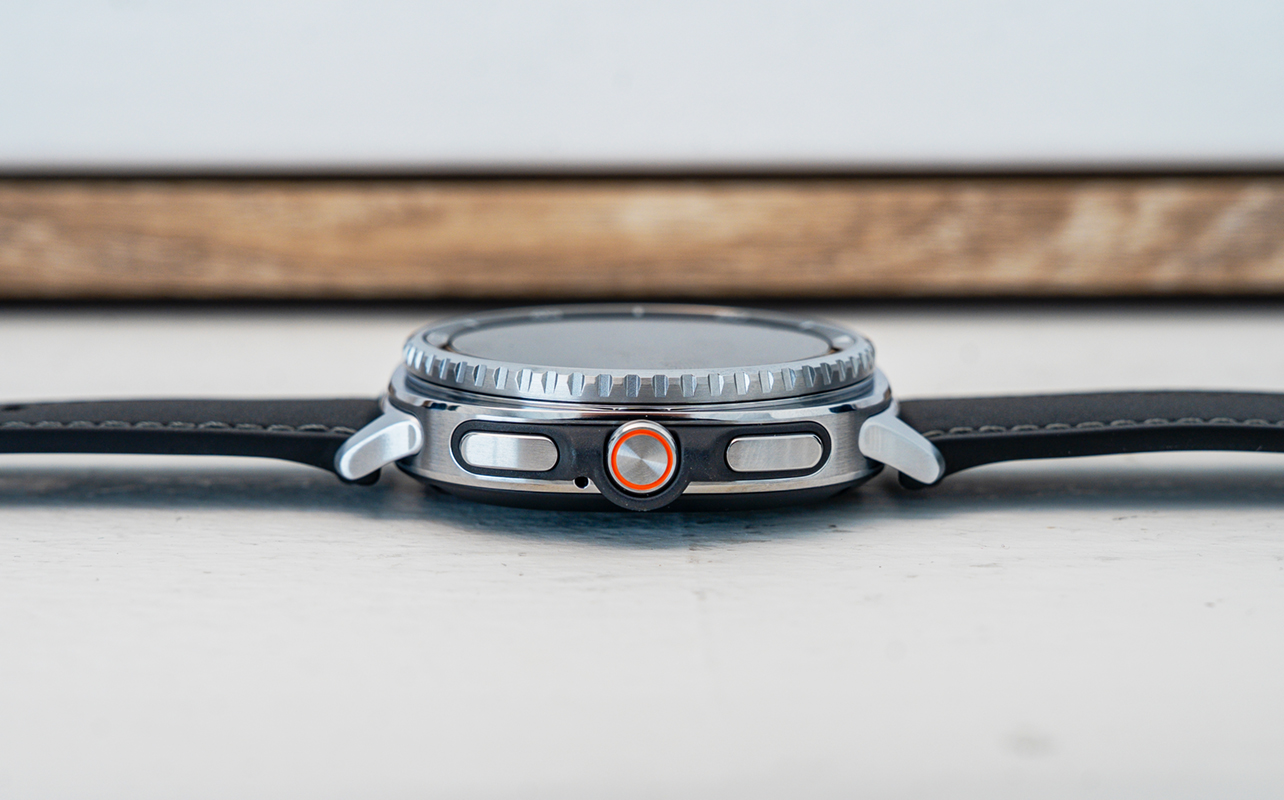
As for the Galaxy Watch8, expect a very iterative update from the previous model. You get the same 40mm and 44mm sizes with the same specs, albeit with a few upgrades. The screen (including the Classic) goes up to 3,000 nits peak brightness, making it easier to see in bright daylight.
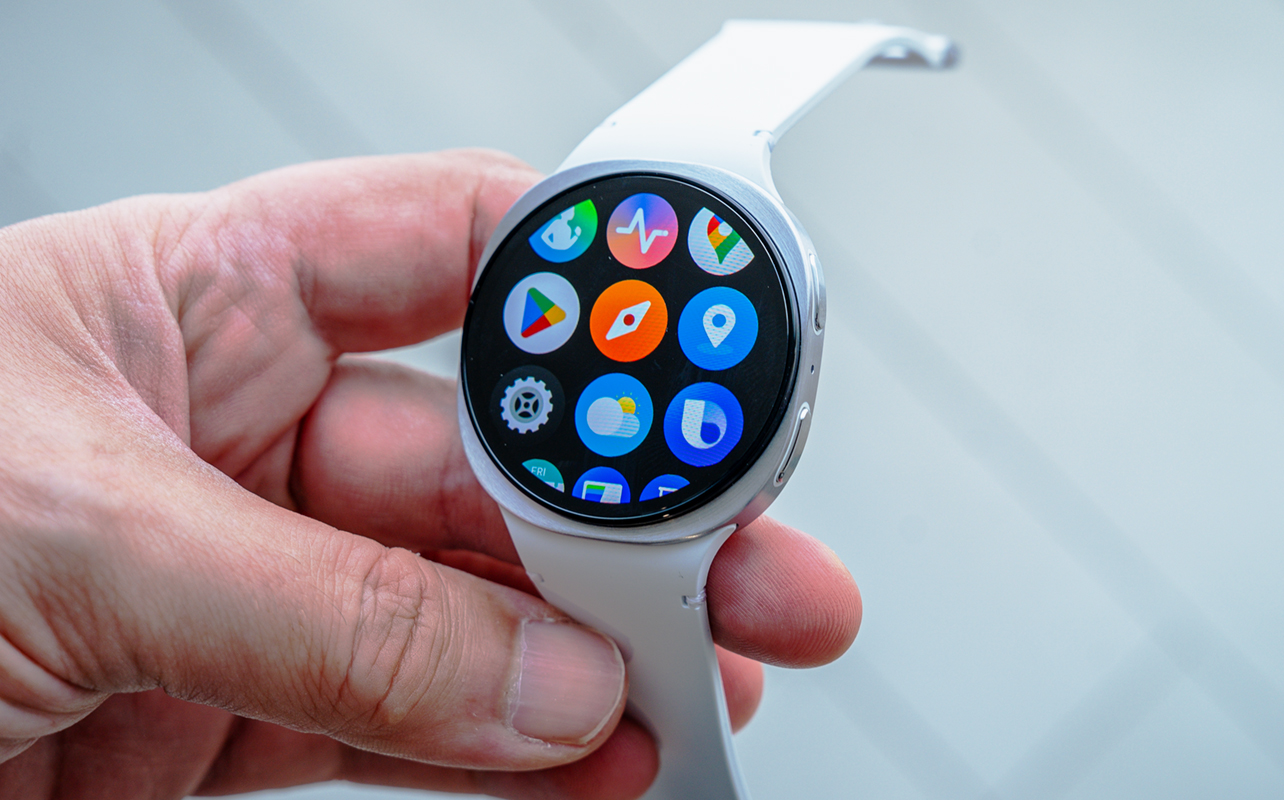
A new lug system on the Watch8 aims to reduce the gap between the wrist to improve heart rate accuracy. Samsung claims an 11% improvement because of it but that’s hard to measure without full testing. Other software updates related to One UI include multi-info tiles where you can scroll down on an app to see more features and settings without having to open it first.
These watches will also have Gemini built-in to enable more AI-driven features that are part of Wear OS. It should make it easier to message and respond through voice but we can expect more to come as Wear OS updates further this year.
Samsung is also trying to add more to its health and fitness feature set. That will come with more personalized coaching, especially for running, to build tailored training programs that fit both your body metrics and activity goals. Another called Vascular Load will track how much stress your cardiovascular system goes through—a potential early warning for heart disease or high blood pressure if you don’t live enough of a balanced lifestyle.
The Galaxy Watch Ultra also gets a slight refresh with more storage (64GB) and a new Titanium Blue variant.
Coming soon
The Galaxy Watch8 and Watch8 Classic will be available July 25. The Watch8 will come in silver and graphite, while the Watch8 Classic comes in black and white. Pre-order your own Galaxy Watch8 or Watch8 Classic now.





